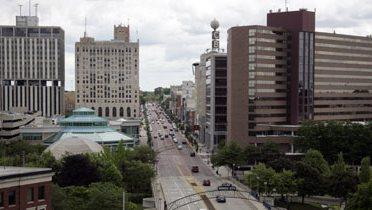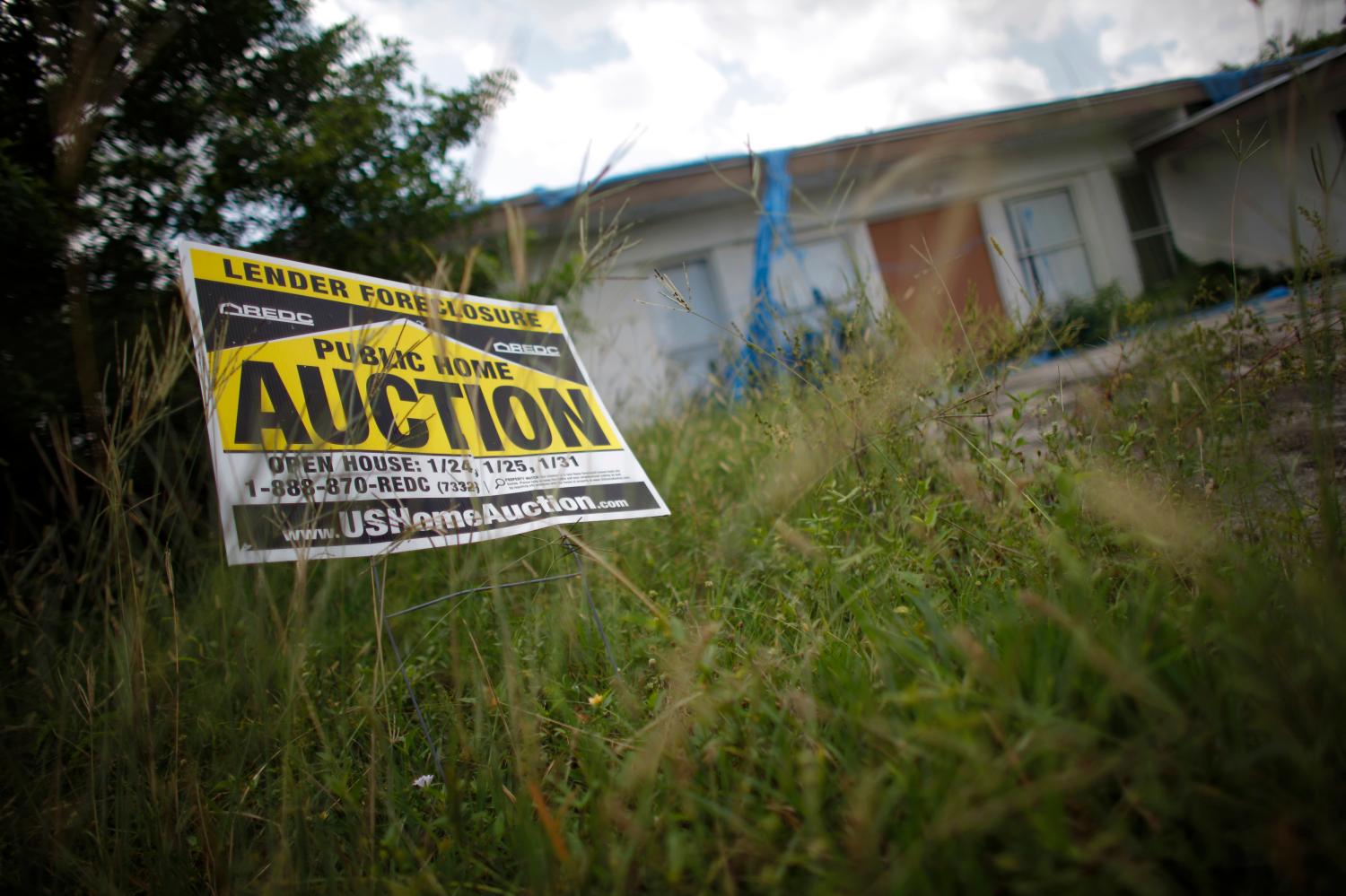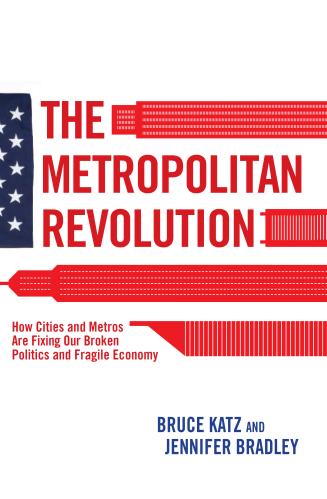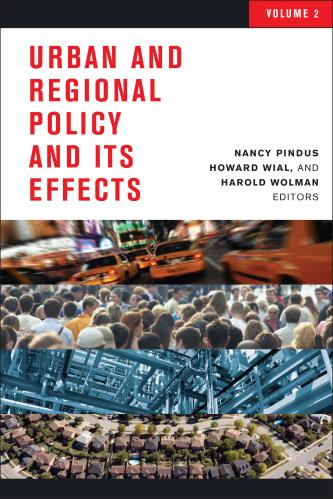Editor’s Note: This report reflects data from the second quarter of 2011. Please visit our updated MetroMonitor for the latest quarterly data and analysis.
Overall Performance: Recession and Recovery
Great Lakes metropolitan areas reliant on education and government have performed better than most large metropolitan areas in the United States over the course of recession and recovery. Five Great Lakes metropolitan areas were among the nation’s overall strongest performing metropolitan areas; two are educational centers (Pittsburgh and Syracuse), and one is a state capital (Madison, also home to a large university). These three metropolitan areas have also gained government jobs since their prior total employment peaks.
The Great Lakes metropolitan areas in general are enjoying a strong recovery – but auto producing metropolitan areas still have not made up the ground they lost in the Great Recession. Akron, Grand Rapids, Toledo, and Youngstown are among the 20 best-performing metropolitan areas in terms of recovery performance; Detroit’s recovery has been stronger than that of most other U.S. metropolitan areas.
The Recent Pace of Recovery
The second quarter presents a mixed recovery picture in the Great Lakes region. While auto-producing metropolitan areas in the Great Lakes region are, as noted above, generally enjoying a strong recovery, in the second quarter of 2011, Cleveland, Columbus, Dayton, Detroit and Toledo saw both output and employment decline. This was not necessarily due to a loss in manufacturing jobs in this quarter; Columbus and Dayton lost manufacturing jobs during this time, but Cleveland, Detroit, and Toledo gained them. Both employment and output grew in the second quarter in Buffalo, Grand Rapids, Louisville, Milwaukee, Minneapolis, Pittsburgh, Rochester and Syracuse.
Employment
Every Great Lakes metropolitan area but one has added jobs since their recession employment trough, but none has made a complete jobs recovery. Des Moines is the only large Great Lakes metro that hadn’t begun its employment recovery by the second quarter of 2011. (Des Moines hit its lowest employment in this quarter, so has seen no increase).Madison and Rochester are within one percent of their pre-recession employment peaks. Milwaukee, Grand Rapids, Youngstown and Rochester were among the strongest metros in terms of employment gains since their recession troughs. Grand Rapids has seen employment rise 4.3 percent since its low point in the third quarter of 2009. Within the region, Des Moines and Indianapolis have seen the smallest percentage increases in employment since their trough quarters.
Unemployment
The average unemployment rate among large Great Lakes metropolitan areas in June 2011 was 9.1 percent, lower than the seasonally unadjusted national rate that month of 9.3 percent. Unemployment was above the June 2011 national average in six Great Lakes metropolitan areas, Chicago, Dayton, Detroit, Louisville, Toledo, and Youngstown. The lowest unemployment rates in the region were found in Des Moines, Madison, Minneapolis, Pittsburgh, and Rochester.
Output
Output growth in the Great Lakes metropolitan areas lagged other large metropolitan areas and the nation as a whole during the second quarter. Only nine Great Lakes metropolitan areas saw gains in output in the second quarter of 2011: Buffalo, Des Moines, Grand Rapids, Indianapolis, Louisville, Milwaukee, Minneapolis, Rochester, and Syracuse.
Housing
House prices fell for the third consecutive quarter in all Great Lakes metropolitan areas, and fell at a faster rate in the second quarter than the previous two quarters. House prices hit new lows in all of the 100 largest metropolitan areas of the United States in the second quarter, including those in the Great Lakes region. Home prices fell fastest in Minneapolis, Cleveland, and Chicago from the first quarter to the second, declining by at least 4.7 percent in each. In all, house prices dropped more than the national average of 4.1 percent in five Great Lakes metropolitan areas. House prices in Buffalo, Pittsburgh and Rochester dropped less than 3 percent. Nationwide, housing prices were down 26.7 percent since their peak. Six Great Lakes metropolitan areas have had larger declines: Chicago, Cleveland, Detroit, Grand Rapids, Minneapolis, and Toledo.
The Brookings Institution is committed to quality, independence, and impact.
We are supported by a diverse array of funders. In line with our values and policies, each Brookings publication represents the sole views of its author(s).











